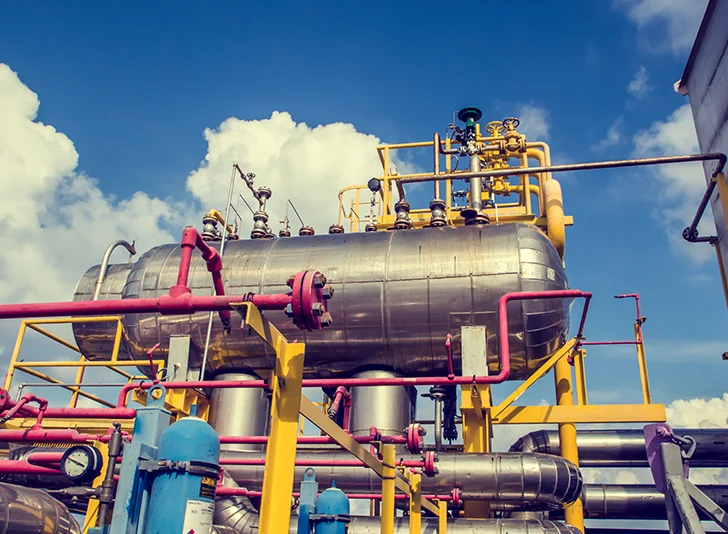Exploration and Production (E&P) companies play a crucial role in the energy industry by exploring for and producing oil and gas. However, these companies face the ongoing challenge of replenishing their oil and gas reserves, which are the estimated quantities economically recoverable from existing fields or new discoveries. Reserves form the foundation for the long-term production and value of E&P companies, necessitating continuous replenishment as production depletes existing reserves. Reserves can be replaced through organic methods like drilling, exploration, or enhanced recovery, as well as through inorganic means such as acquisitions, mergers, or divestitures.
In 2020, major U.S. E&P companies faced this challenge and sought to replace their oil and gas reserves. The Reserve Replacement Ratio (RRR), a measure indicating how much of the production is replaced by reserve additions, was a key metric for evaluating their performance. A RRR above 100% suggests that a company is adding more reserves than it is producing, while a RRR below 100% indicates faster depletion than replenishment.
Data from Oil and Gas Financial Analytics, LLC showed that the E&P peer group, comprising 40 companies, added a total of 4.8 billion barrels of oil equivalent (Bboe) of reserves in 2020, while producing 2.7 Bboe, resulting in a RRR of 178%. Although lower than the 191% recorded in 2019, this figure was higher than the 153% seen in 2018. Notably, the RRR for the E&P peer group was predominantly driven by inorganic reserve additions, accounting for 64% of the total, while organic reserve additions made up the remaining 36%.
Inorganic reserve additions were primarily attributed to the acquisitions of major companies—Concho Resources, Noble Energy, Parsley Energy, and WPX Energy—by ConocoPhillips, Chevron, Pioneer Natural Resources, and Devon Energy, respectively. These acquisitions accounted for 76% of inorganic reserve additions and 49% of total reserve additions for the E&P peer group in 2020. Motivated by low oil and gas prices and the impact of the COVID-19 pandemic, these deals aimed to address financial and operational challenges while offering strategic benefits like cost savings, scale advantages, portfolio optimization, and improved balance sheets.
Organic reserve additions were comparatively low as companies scaled back capital spending and drilling activities in response to market conditions. Revisions of previous estimates drove organic additions, reflecting changes in technical, operational, or economic assumptions. The Permian Basin, Eagle Ford Shale, and Bakken Shale saw the most significant revisions. Discoveries and extensions contributed to organic additions, mainly in the Gulf of Mexico, Permian Basin, and DJ Basin. Purchases and sales of minerals had a net negative impact on reserves, primarily in the Permian Basin and Eagle Ford Shale.
RRRs for individual companies within the E&P peer group varied widely based on reserve additions and production in 2020. ConocoPhillips, with a RRR of 1,113%, had the highest, driven by the acquisition of Concho Resources. Chevron and Pioneer Natural Resources followed with RRRs of 1,026% and 465%, primarily due to acquisitions of Noble Energy and Parsley Energy, respectively.
In conclusion, U.S. E&P companies achieved a high RRR of 178% in 2020, reflecting their ability to replace more reserves than they produced. However, this was largely driven by significant acquisitions, while organic reserve additions were affected by reduced capital spending and drilling activities. The varying RRRs among individual companies underscore differences in reserve replacement and production levels, essential indicators for assessing the long-term sustainability and value of E&P companies.


